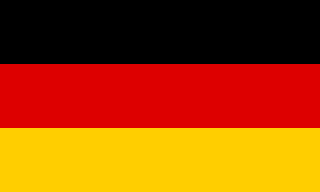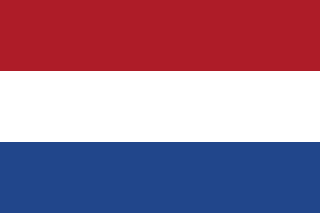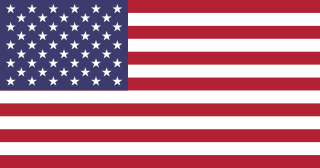 W
WDance of Flags, or Flags Parade, is an annual parade on Jerusalem Day in Jerusalem and on a smaller scale every Rosh Chodesh, from the afternoon until the evening, to celebrate the reunification of Jerusalem and the renewal of Jewish and Israeli sovereignty in the holy places for the Jews, following the victory in the Six Day War.
 W
WFlag flying days in Finland are days of the year when the national flag is flown nationwide, either by law or by custom. The flag of Finland is generally flown only on special occasions to celebrate or honour someone or something. On certain days of the year the state officially flies the flag, and recommends all private citizens to do so as well, these are the flag flying days as listed below. Any citizen has a right to fly the flag on their own property if they deem it appropriate, for example in celebration of birthdays or weddings in the family. Midsummer’s day is additionally celebrated as Flag Day in Finland.
 W
WA flag day is a flag-related holiday, a day designated for flying a certain flag or a day set aside to celebrate a historical event such as a nation's adoption of its flag.
 W
WThe flag of Germany is a tricolour consisting of three equal horizontal bands displaying the national colours of Germany: black, red, and gold. The flag was first sighted in 1848 in the German Confederation; with it being officially adopted as the national flag of the Weimar Republic from 1919 to 1933, and again being in use since its reintroduction in West Germany in 1949.
 W
WIn Article 18 of the Law on the National Arms, Flag, and Anthem there is a listing of dates that the Mexican flag is flown by all branches of government. Civilians are also encouraged to display the national flag on these days. Many of the dates listed in the law denote significant events and people that shaped of Mexican identity and the course of its History. Some of the holidays and commemorations listed require the flag to be flown at half-staff. The national flag can be flown any day of the year by civilians or at festive occasions in persurrence to Article 15 of the Law on the National Arms, Flag, and Anthem.
 W
WThe flag of the Netherlands is a horizontal tricolour of red, white, and blue. The current design originates as a variant of the late 16th century orange-white-blue Prinsenvlag, evolving in the early 17th century as the red-white-blue Statenvlag, the naval flag of the States-General of the Dutch Republic, making the Dutch flag perhaps the oldest tricolour flag in continuous use. It has inspired the Russian and French flags. During the economic crisis of the 1930s, the old Prince's Flag with the colour orange gained some popularity among some people. To end the confusion, the colours red, white and blue and its official status as the national flag of the Kingdom of the Netherlands were reaffirmed by royal decree on 19 February 1937.
 W
WThere is a number of flag flying days in Norway.
 W
WBy an ordinance issued by the Government of Sweden, a number of days of the calendar year are designated as official flag flying days. This means that the Flag of Sweden is flown on all public flag poles and buildings. Hoisting of the Swedish flag on private flagpoles on these days is also strongly encouraged, but not mandatory.
 W
WThe Union Jack, or Union Flag, is the de facto national flag of the United Kingdom. Though no law has been passed officially making the Union Jack the national flag of the United Kingdom, it has effectively become the national flag through precedent. The flag has official status in Canada, by parliamentary resolution, where it is known as the Royal Union Flag. As they are localities within the British state, or realm, it is the national flag of all of the British overseas territories, although local flags have also been authorised for most, which may be flown in place of, or along with the national flag. Governors of British Overseas Territories have their own flags, which are the Union flag with the distinguishing arms of the colony at the centre. The Union Flag also appears in the canton of the flags of several nations and territories that are former British possessions or dominions, as well as that of Hawaii. The claim that the term Union Jack properly refers only to naval usage has been disputed, following historical investigations by the Flag Institute in 2013.
 W
WThe flag of the United States of America, often referred to as the American flag or the U.S. flag, is the national flag of the United States. It consists of thirteen equal horizontal stripes of red alternating with white, with a blue rectangle in the canton bearing fifty small, white, five-pointed stars arranged in nine offset horizontal rows, where rows of six stars alternate with rows of five stars. The 50 stars on the flag represent the 50 states of the United States of America, and the 13 stripes represent the thirteen British colonies that declared independence from the Kingdom of Great Britain, and became the first states in the U.S. Nicknames for the flag include the Stars and Stripes, Old Glory, and the Star-Spangled Banner.